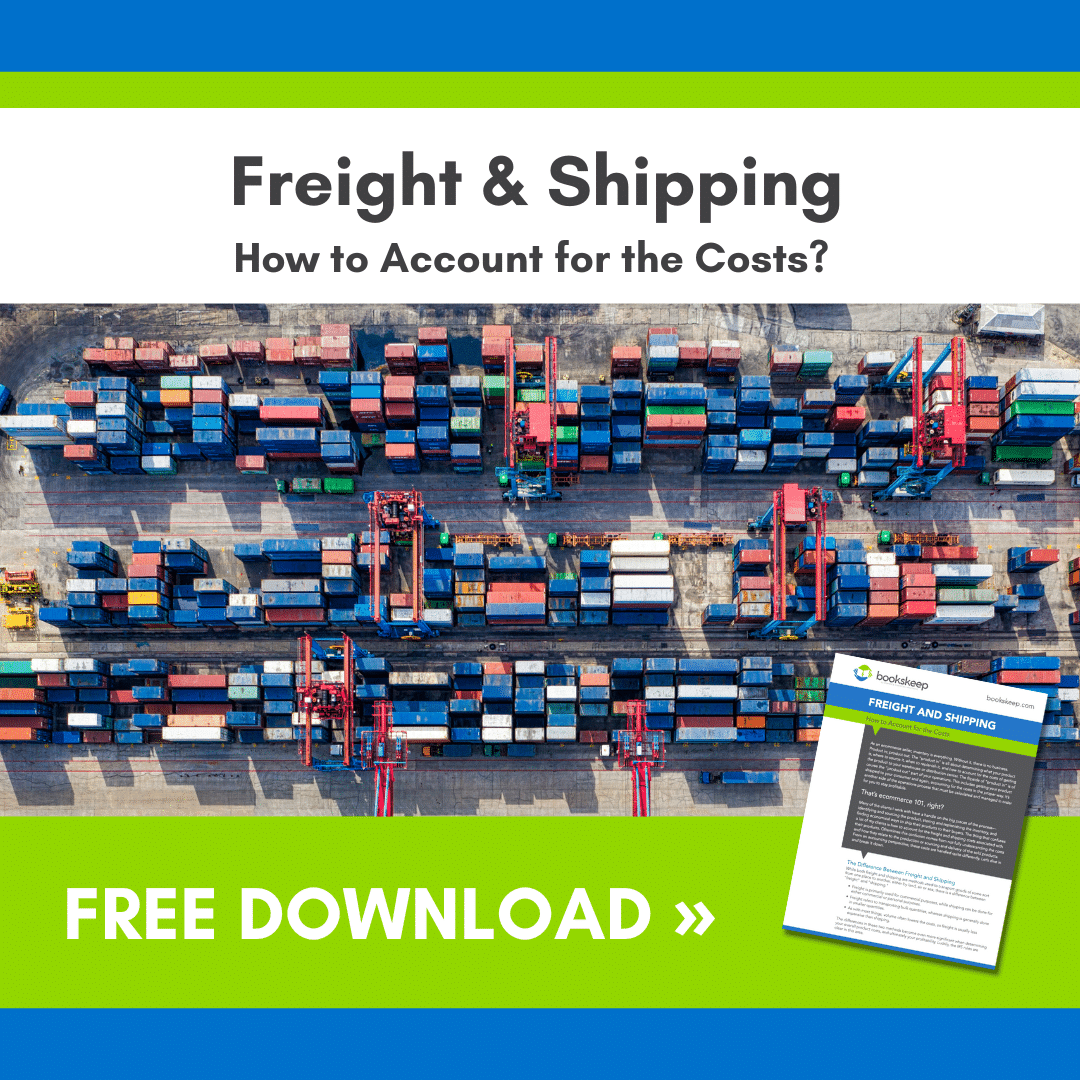I think it’s always good to spend a little time now and then reflecting on your business; keeping in tune with the heartbeat of your operations. Are you managing things well? Understanding your numbers and producing financials that are providing you with an accurate picture of your business’s current health?
Many e-commerce sellers often worry about their cash flow despite their Amazon accounting software showing profits. This disconnect can be attributed to three common reasons:
- Incomplete understanding of Amazon fees and deductions before receiving the payout.
- Lack of clarity on how the bookkeeping software tracks product costs for Amazon Sellers.
- Insufficient maintenance of software, resulting in outdated product cost data.
Taking a look at each of these, we may be able to find some answers for you!
Understanding your Amazon payouts and bookkeeping for Amazon FBA requires more than just recording deposits as income. Careful attention to the settlement report and tracking various activities is essential. Inventory Lab can help access and record the necessary information directly from Amazon, making it visible in your financial reports. A recurring deposit template simplifies the process.
For Amazon sellers, tracking product costs can be challenging. It involves calculating direct purchase costs, labor, labeling, and other preparations on a per-unit basis. Shipping costs should not be included in product costs. Instead, they should be part of the cost of goods sold and reconciled with the inventory account quarterly.
Regularly updating costs in your software is crucial to accurate financial reporting. Using true accounting systems like QuickBooks Online or Xero provides a balance sheet capability to monitor the overall health of your business. These systems reconcile with financial institution statements to ensure accurate financial data. Amazon accounting software complements these systems but cannot replace them.
By following these practices, you can gain better insights into your financial performance as an Amazon seller.




Leave a Comment